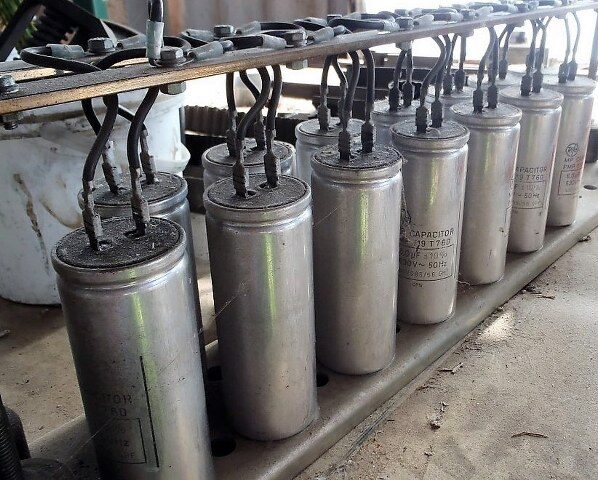PCBs accumulate in the body, presenting significant health risks.
Polychlorinated biphenyls (PCBs) are man-made oily liquids or solids, colourless to yellow, with no smell or taste. They have been commercially manufactured since the 1930’s, and used in hundreds of applications due to their non-flammability, chemical stability, high boiling point and electrical insulation properties.
PCBs have been used in electrical, heat transfer and hydraulic equipment; as plasticisers in paints, plastics and rubber products; in dyes, pigments and carbonless copy papers; and many other applications.
PCBs are non-soluble in water and build up in fatty tissues, making it difficult to eliminate them from the body.
PCBs are also known to accumulate in the above ground parts of plants, including stems, leaves and fruits.
The United States EPA (Environmental Protection Agency) has found clear evidence that PCBs can have significant toxic effects on the body, including the immune, nervous, reproductive, and endocrine systems.


PCBs in Electrical Equipment
Most PCBs are within electrical equipment, typically used as insulators and coolants. PCBs are often found in small quantities in capacitors, although for a large site with numerous items of older electrical equipment, such as fluorescent light fittings, this may add up to a significant overall quantity.
PCBs may be found in significant quantities, of many litres, in larger electrical equipment or substation transformers.
Any electrical equipment manufactured before circa 1980 should be considered potentially suspect.
BENSS experienced hazardous materials consultants can conduct site audits to identify PCBs in electrical equipment and other materials, and provide advice for handling and disposal.
Suspect capacitors can be compared to lists of PCB containing capacitors in the ANZECC: Identification of PCB Containing Capacitors (1997).
